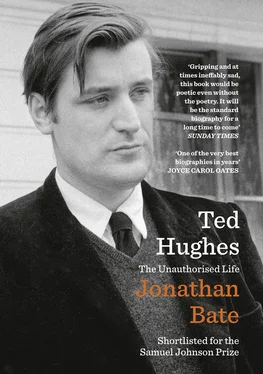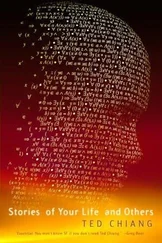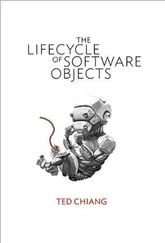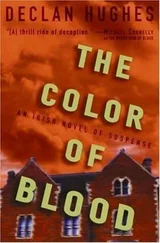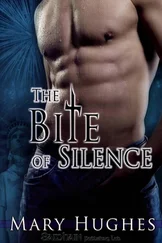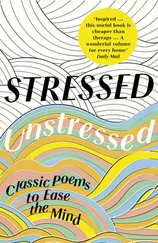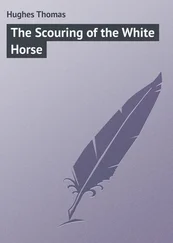Ted Hughes wrote tens of thousands of pages of personal letters, only a small percentage of which have been published, sometimes in redacted form. He preserved intimate journals, appointment diaries, memorandum books, accounts of income and expenditure, annotations to his publishing contracts. The journals are of extraordinary value to the biographer. They were kept very private in Hughes’s lifetime: Olwyn, his sister, agent, gatekeeper and confidante, did not even know that he kept a journal. It must be understood, though, that his diary-keeping was sporadic and erratic. The traces of his self-communion survive in fragmented and chaotic form. There is no equivalent of Sylvia Plath’s bound journals of disciplined self-presentation. Ted’s journal-style writings are scattered across a huge number of yellowing notebooks, torn jotter pads and thick sheaves of loose leaves.
The wealth and the chaos of his thoughts may be glimpsed from an account of just a very few items among the hundreds of boxes and folders of personal papers that were left in his home at his death. There was a box file inscribed ‘Memory Books’, containing prose notes on subjects ranging from Egyptian history and archaeological discoveries, to Hiroshima, to a book about Idi Amin called Escape from Kampala , to the Auschwitz survivor Primo Levi, to sagas, history, and notes for a metamorphic play on the Cromwells. Not to mention the Old Testament king Nebuchadnezzar, a park in West Glamorgan, and the German Romantic poet and short-story writer Bernd Heinrich Wilhelm von Kleist. Another box file, with ‘WISE WORDS’ written on it, contained dozens of prose fragments, diary entries from between 1970 and 1982, episodic passages that seem to be a draft for a first-person story, dreams involving Ted’s children, quotations from books gathered for a planned but never finished ‘Wisdom Book’, photocopies of mind maps for classical subjects, and a drawing of a head with a cabbalistic legend. One could open a folder at random and find within it material as eclectic as a letter about a Ted Hughes impostor, an autograph translation of a poem by the Spanish dramatist Federico García Lorca, and a smoke-stained photocopy of a publicity questionnaire regarding the poet Laura Riding.
At the time of his death, he had already sold tens of thousands of pages of poetry and prose drafts, and many valuable notebooks, to the library of Emory University in America, but he retained a collection of twenty-two notebooks, mostly of pocket size, in which there were over 500 pages of poetry drafts and over 800 pages of autobiographical material, all mingled together. Again, he kept a thick buff-coloured quarto folder bulging with old partially used school exercise books, salvaged to save the cost of buying new notebooks. Here we find reading notes on the eighteenth-century English prophetess Joanna Southcott, the French Revolution, existentialism, China and anti-Semitism, together with thoughts on Sylvia Plath, memories of Frieda Hughes’s birth, accounts of travels in America with Plath, of fishing with her in Yorkshire and going to London Zoo with the children. Precious personal memories are mingled with notes on Albert Camus, a stomach ache, yoga, ghosts, horoscopes, magic, Othello and Macbeth (both Shakespeare’s villain and the poet George MacBeth, who was very involved with Ted’s radio broadcasting), memories of a holiday in Egypt with his second wife, records of dreams in 1962, Scott of the Antarctic, and a visit in January 1964 to the weird woman at Orley House in Bideford. It was into this folder that he slipped an account of the last few days of Sylvia Plath’s life, written within days of her death.
Another filing box was filled with loose sheets organised into roughly chronological sequence and amounting to nearly 500 pages of closely written manuscript prose: self-interrogation, descriptions of places and seasons, reflections on people, events and ideas. This was Hughes’s preliminary attempt to put together a journal.31 Given that he preserved it, the possibility of posthumous publication must have been on his mind.
Using all this raw material, it would be possible to write almost a day-by-day ‘cradle to grave’ account of his life. But the very wealth of the sources would make a comprehensive life immensely long and not a little tedious to all but the most loyal Hughes aficionados. Besides, certain portions of the archive will for some time remain closed for data protection and privacy reasons. The task of the literary biographer is not so much to enumerate all the available facts as to select those outer circumstances and transformative moments that shape the inner life in significant ways. To emphasise on the one hand the travails, such as the nightmare of the Bell Jar lawsuit, and on the other the joyful moments such as the mid-stream epiphany of ‘That Morning’.32
In writing of the inner life, it is sometimes necessary to track a theme, criss-crossing through the years. Subjects such as Hughes’s late work in the theatre, his curatorship of Sylvia Plath’s posthumous works and his obsession with Shakespeare are best treated as stories of their own, rather than scattered gleanings that would all too easily disappear from sight if dispersed across many different chapters. This approach has the added advantage of breaking up the potentially deadening march of chronological fact-listing.
So, for instance, in the summer of 1975, Ted Hughes was farming in North Devon, revising his long poem Gaudete , corresponding and negotiating with his mother-in-law about excisions from Sylvia Plath’s Letters Home , and reading an advance proof copy of Millstone Grit , a memoir of his native Calder Valley by Glyn Hughes (no relation). A strictly chronological biography would gather these four facts in a chapter on 1975. But the significance of the four facts is better demonstrated by placing them in separate strands of narrative: respectively, in chapters on ‘Farmer Ted’, ‘The Elegiac Turn’ in his poetic development, his ‘Arraignment’ by feminists and Plathians, and his own autobiographical ‘Remembrance of Elmet’ (the old name for the Calder district).
The biographer of Hughes faces the peculiar difficulty that he has been portrayed over and over again as Sylvia Plath’s husband rather than his own self. In the United States he is known almost exclusively as ‘Her Husband’ (which happens to be the title of one of his own early poems). This has meant that his marriage to Sylvia is much the best-known part of his life. Because they were barely apart, day or night, from the summer of 1956 to the autumn of 1962, every biography of Sylvia – and they are legion – is in effect a joint life.33 Furthermore, Olwyn Hughes contributed so much to Anne Stevenson’s authorised Bitter Fame: A Life of Sylvia Plath (1989) that it became, as its prefatory Author’s Note put it, ‘almost a work of dual authorship’. Bitter Fame covered the first twenty-three years of Sylvia’s life in just 70 pages, leaving nearly 300 for the seven years with Ted. It was a scrupulously detailed narrative of the marriage, checked for accuracy by Hughes himself. The marriage is also the subject of an entire book: Diane Middlebrook’s sensitive and balanced Her Husband (2004). Elaine Feinstein, meanwhile, in the first biography of Hughes (2001), devoted 125 pages to the seven years from the meeting with Sylvia at that party in Cambridge to her suicide in London, but only 110 to the remaining thirty-five years of Ted’s life. For this reason, my chapters on the years with Plath do not attempt a day-to-day record but focus instead on their joint writing life and on those moments that are caught in the rear-view-mirror perspective of the marriage in the published and unpublished Birthday Letters poems.
Читать дальше
